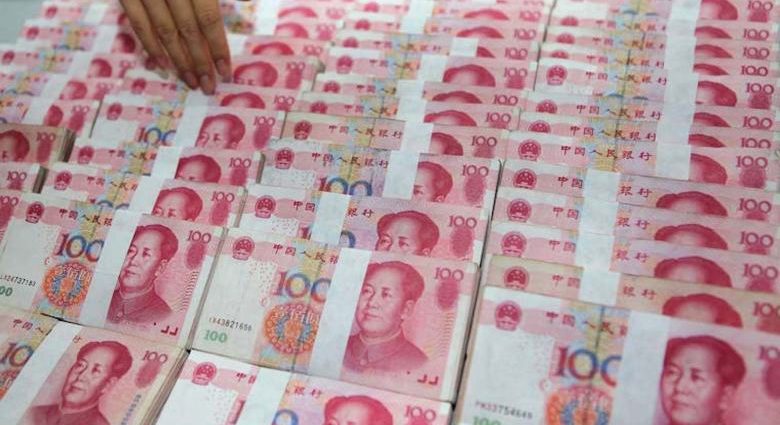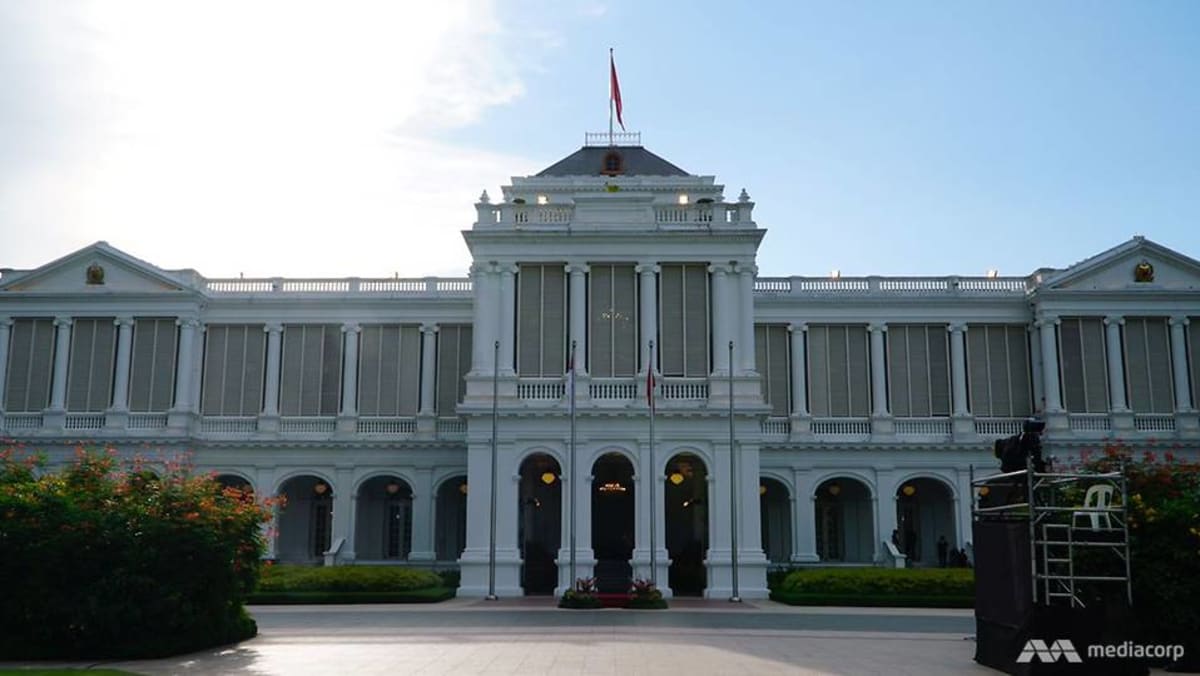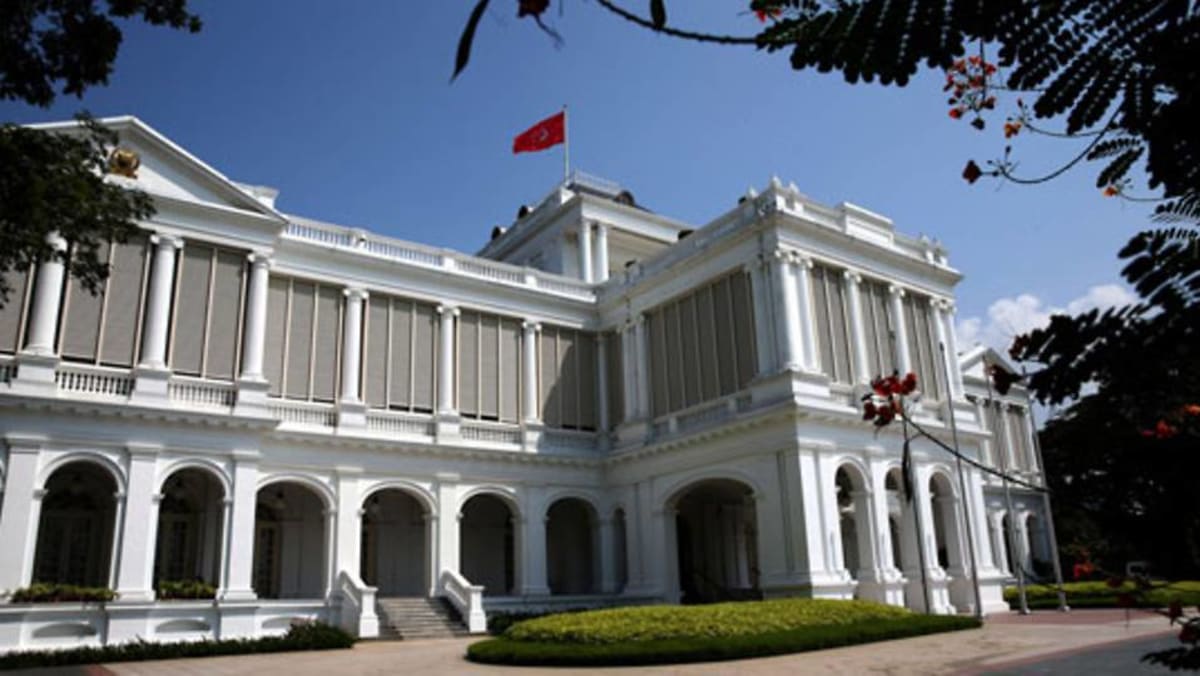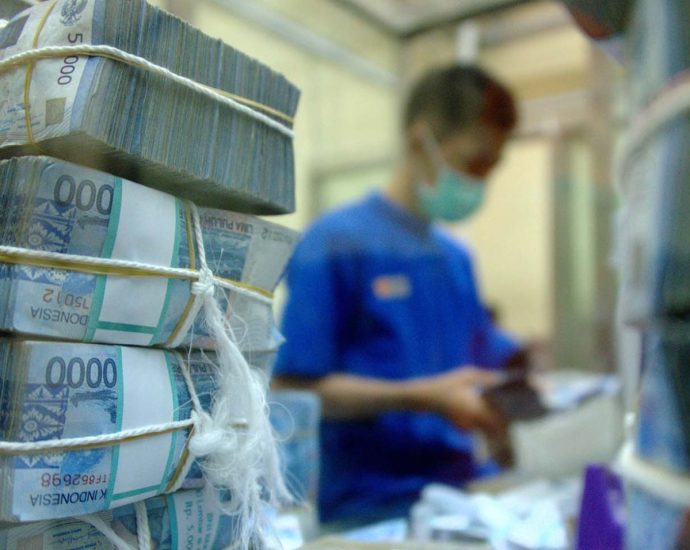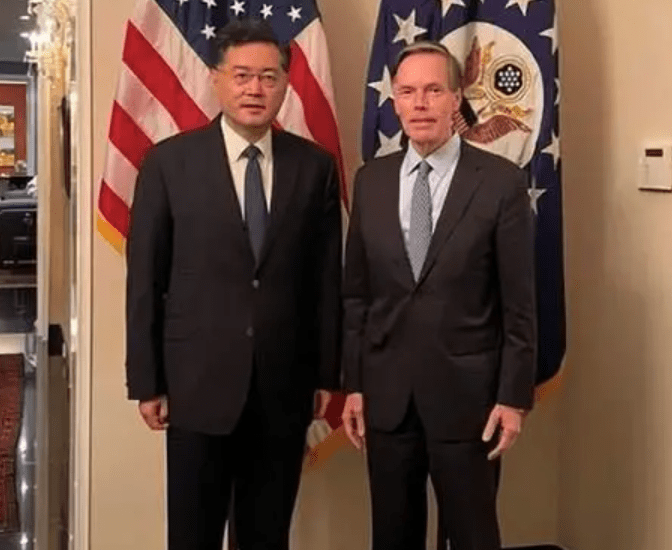Deflation risk stalking Chinaâs economic recovery
China’s central bank is pushing back with growing regularity on market worries that Asia’s biggest economy may be sliding toward deflation.
In April, China’s consumer price index rose just 0.1% year on year, putting the economy on the edge of negative territory but not yet deep into the problem.
Indeed, China may currently be experiencing “disinflation” rather than a long-term trend toward deflation. Yet if Japan taught policymakers around the globe anything it’s that deflation concerns can quickly take on a life of their own.
That’s a problem that China must not take lightly, economists say. And it’s high time People’s Bank of China Governor Yi Gang shut down – and firmly – a narrative that Beijing hardly needs as market worries mount about the health of China’s post-Covid economic recovery.
Strategist Vincent Chan at Aletheia Capital speaks for many when he warns that China is at the “borderline of deflation.”
That same goes for analyst Kelvin Wong at OANDA. “To address this ongoing growth slowdown in China that may lead to a deflationary spiral, which in turn can potentially trigger an adverse impact on countries that export goods and services to China such as Singapore, the Chinese central bank needs to switch away from its current conservative stance to loosen its liquidity tap further to stimulate growth,” Wong argues.
Long-time Japan observers may detect some troubling echoes as Fu Linghui, spokesperson for China’s National Bureau of Statistics, insists that there’s “no deflation” in the economy. And if there is, it’s “transitory.”
This last word might trigger PTSD from similar assurances emanating from Tokyo in the late 1990s. Or their mirror image — “don’t worry, inflation is transitory” — coming from Washington these last two years.
As Nikkei Asia points out in an investigative report this week, consumer prices in mainland provinces Jilin, Shanxi, Guizhou, Liaoning, Anhui, Henan and Shanghai turned negative in April. Data from Chinese research company Wind Show corroborate Nikkei’s findings.
The question, of course, is what to do. A key Xi priority has been to reduce leverage and debt — from local government balance sheets to property developers.
Yet if the focus is on debt reduction while nothing is done to fix the housing sector, then that could be a recipe for deflation.
For now, says economist Raymond Yeung at ANZ Research, the “core view is that China’s economy is deflationary.”
Others argue it’s too early to know where China’s price trends will be six months from now.

“While claims that China has entered a deflationary period are excessive, the data indicate that China’s economy continues to be hamstrung by low effective demand,” says economist Yu Yongding, who served on the PBOC’s Monetary Policy Committee from 2004 to 2006. “Official figures also support the claim that China’s GDP growth has been below potential for some time.”
Yu notes that Xi’s government seems reluctant to shoot for a higher growth target than this year’s 5%, in part out of fear that it might exacerbate China’s debt imbalances. At the same time, though, Yu says there’s a risk of a “self-fulfilling prophecy, by weakening confidence and failing to exploit growth potential fully.”
Some of Beijing’s policy options, including cash transfers, might give household consumption an immediate lift.
But “as China’s government well knows,” Yu notes, “consumption is a function of income, a sustained, broad-based increase in incomes depends on economic growth, and infrastructure investment is traditionally the state’s most effective instrument for boosting growth when effective demand is weak. Despite past investments, China still has a large infrastructure gap that urgently needs to be closed.”
Rescuing the property sector might pay the highest dividends. Since January, Xi’s government unleashed a barrage of measures to reduce restrictions on borrowing by developers, curb risks of “capital chain breaks” in the sector as property purchase contracts fall through suddenly, extend lower mortgage rates to incentivize demand for homes and limit commissions for real estate agents.
Economists point out that easing the so-called “three red lines” policy is becoming more urgent. It establishes caps on key metrics debt-to-cash, debt-to-assets and debt-to-equity ratios. Many see this policy as the trigger for many of the biggest real estate stumbles in recent years.
Since the directive already demands that developers disclose details on their debts, it seems feasible to allow property companies to leverage up a bit and delay deadlines for debt targets without fanning new bubbles.
Other solutions include extending lower mortgage rates to first-home buyers in environments where prices of new properties are slumping. There’s also scope for once again allowing private equity funds to play a bigger role in raising capital for residential property projects.
Whatever the strategy, more attention must go toward restoring investor confidence, as strategist Winnie Wu at Bank of America Corp sees it. Since the property sector is “a key concern” for global investors, she says, revitalizing it seems crucial to restoring confidence in Chinese asset markets.
That confidence seems in short supply this month. Chinese stocks are on the precipice of bear market territory amid worries about a slowing economy, geopolitical and trade tensions and deflation fears.
Mainland shares traded in Hong Kong – as measured by the Hang Seng China Enterprises Index – are near the 20% loss threshold for the year.
The drop in profits among Chinese industrial firms, which had a rough first four months of 2023, is weighing on the broader indices. This downshift told skittish investors all they need to know about China’s slowing demand and deepening factory-gate deflation.
Data due out Wednesday – especially China’s Purchasing Managers Index for the manufacturing sector – are widely expected to signal further contraction in April.

Analyst Karl Shen at Fitch Ratings notes that China’s secondary-home market “has been cooling since April, with a fall in the number of listed-for-sale homes, lower asking prices and fewer transactions.”
This slowdown, Shen says, follows a “strong rebound” in the first quarter, “suggesting homebuyer confidence remains fragile amid an uncertain economic outlook and weak employment prospect.”
Shen says the drop in average asking prices is likely driven by homebuyers’ hesitation to make purchases and home-upgraders’ selling of their existing homes at lower prices to facilitate faster transactions.
The number of homes listed for sale has also decreased, indicating that many homeowners are delaying the sale amid pricing pressure, and may continue to weigh on transaction volume.
Even so, economist Wei He at Gavekal Research can’t help but wonder if the negativity is overdone.
“Markets have executed a complete volte-face on China’s growth prospects, from exuberance on an expected world-shaking boom to pricing in deep pessimism — is this reversal justified?” he asks.
“For commodity prices, the answer is probably yes. Even a strong cyclical rebound led by spending on consumer services was never going to be as good for commodities as the investment-driven cycles of the past. And the bounce in construction once expected by commodity producers has clearly not materialized, with property developers scarred by the past and uncertain about the future.”
Yet, He adds, “for Chinese government bonds and the renminbi, the recession trade has probably overshot. Recent market prices imply a growth outlook for 2023 as bad as that during the depths of 2022’s lockdowns — a fairly unlikely outcome. Despite all the bad headlines, the labor market is still recovering and companies are planning to expand. This could be a good moment to sell Chinese bonds and buy the renminbi.”
It’s also a good moment, though, for Xi’s new premier, Li Qiang, to buttress his reformist bona fides. Since rising to the No 2 job, Li has managed to lower the temperature surrounding Beijing’s crackdown on Big Tech. Now, it’s time to recalibrate economic dynamics in China – starting with a property market in dire need of restructuring.
The lessons from Japan are to act early and boldly to stop deflationary forces in their tracks. By the time they become ingrained, it might already be too late.
Follow William Pesek on Twitter at @WilliamPesek

